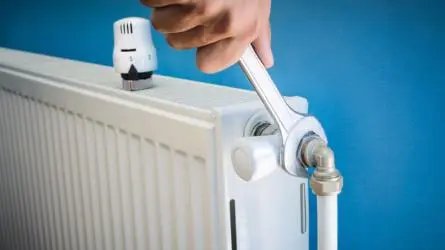Whether you need a new gas line for your heating system or BBQ - they are not something you want to do alone.
Installing new pipes isn’t always easy. You need to choose durable materials that will maintain strong gas pressure for the long haul.
Pipes carrying natural gas could be placed below or above the ground. Installing them below the ground would involve a lot of digging. You might have to create holes, get permission, and then put the pipes in place.
You will not want to do it over again within a short period. You will need durable options for pipes with natural gas flowing through them. More than anything, you need to protect your main gas line from gas leaks and poor air quality. Here, we have written about the most durable options suited for natural gas.
So, grab a cup of coffee and learn about the different types of gas piping used for natural gas!
What Kind Of Gas Pipe Should I Use For Natural Gas?
We’ve gathered details about all the popular types of natural gas pipes. Dive in to discover each one in more depth.
1. PVC Pipe
PVC pipes, also known as plastic pipes, are quite effective for natural gas lines and water supply. Typically, they come in lengths of 10 to 20 feet, and their diameters range from ½ inches to 6 inches, allowing you to select based on your specific needs.
If you wish to attach PVC pipes, you will need solvent cement, primer or a push-to-connect fitting. However, you must remember not to install PVC pipes where the sunlight streams directly. When exposed to hot water or direct sunlight, PVC can get damaged. If you use it for a natural gas line, ensure it flows through a cool or dark area.

2. Black Pipe
A black pipe is a durable option for carrying a natural gas supply. These pipes are generally made of steel and iron. They are malleable, making them a perfect opportunity for homes. Natural and propane gas can both be transferred through black pipes.
Keep in mind that installing these pipes should always be done by professionals experienced in the job. These pipes generally come in lengths from 2 inches to 10 feet, with diameters ranging from ¼ inch to 2 inches. Many folks rely on black iron pipes to channel natural gas from outside to inside the home.
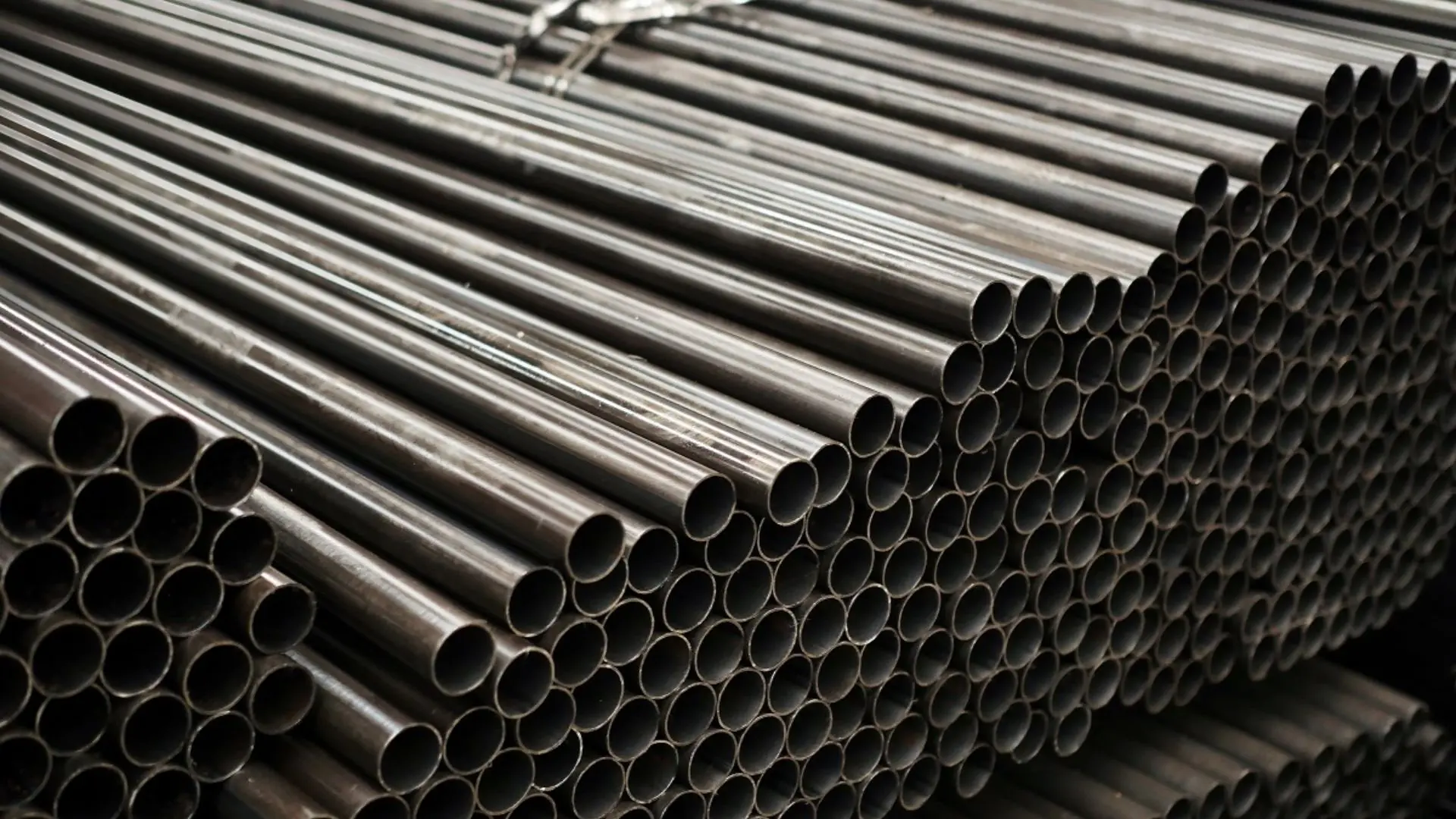
3. CSST Pipe
CSST pipes or corrugated stainless steel tubing will be a great option if you plan to install new gas appliances in the house. They are corrugated, and you can easily bend them around the edges and corners. Hence, you will not be required to add any new joints and fittings.
If you have to choose between CSST and steel pipes, we will ask you to choose the former as they are lightweight and easy to install. If you have some training, then you can do the job. Plus, CSST pipes can be used where a long pipe is needed.
Remember to check if your CSST corrugated stainless steel piping is certified by the manufacturers while purchasing.
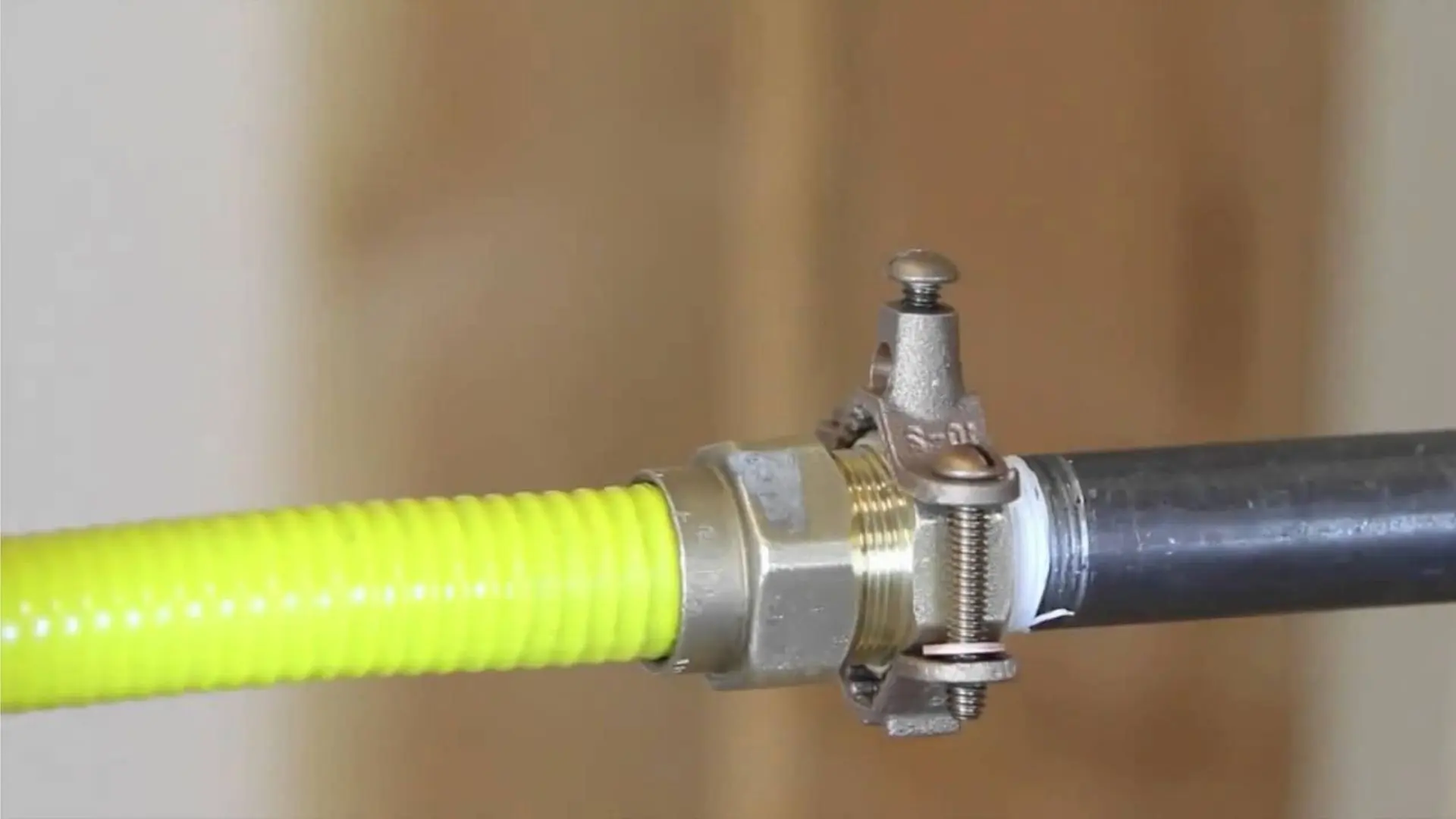
4. Copper Pipe
For years, people have used copper pipes to transfer hot and cold water. These tubes vary in length, usually between 2 and 10 inches. Each dimension of ½ to 1 inch ensures water and gas flow efficiently.
Thinner pipes are suitable for natural gas use inside your home, whereas thicker pipes are crucial for external gas service lines.
You will have to join smaller copper pipes to make a large pipeline. That can be done by brazing, soldering, push-to-connect fittings or a compression coupler. Doing this would allow the copper tubing to remain intact. It will last longer, making a copper line a very durable option.
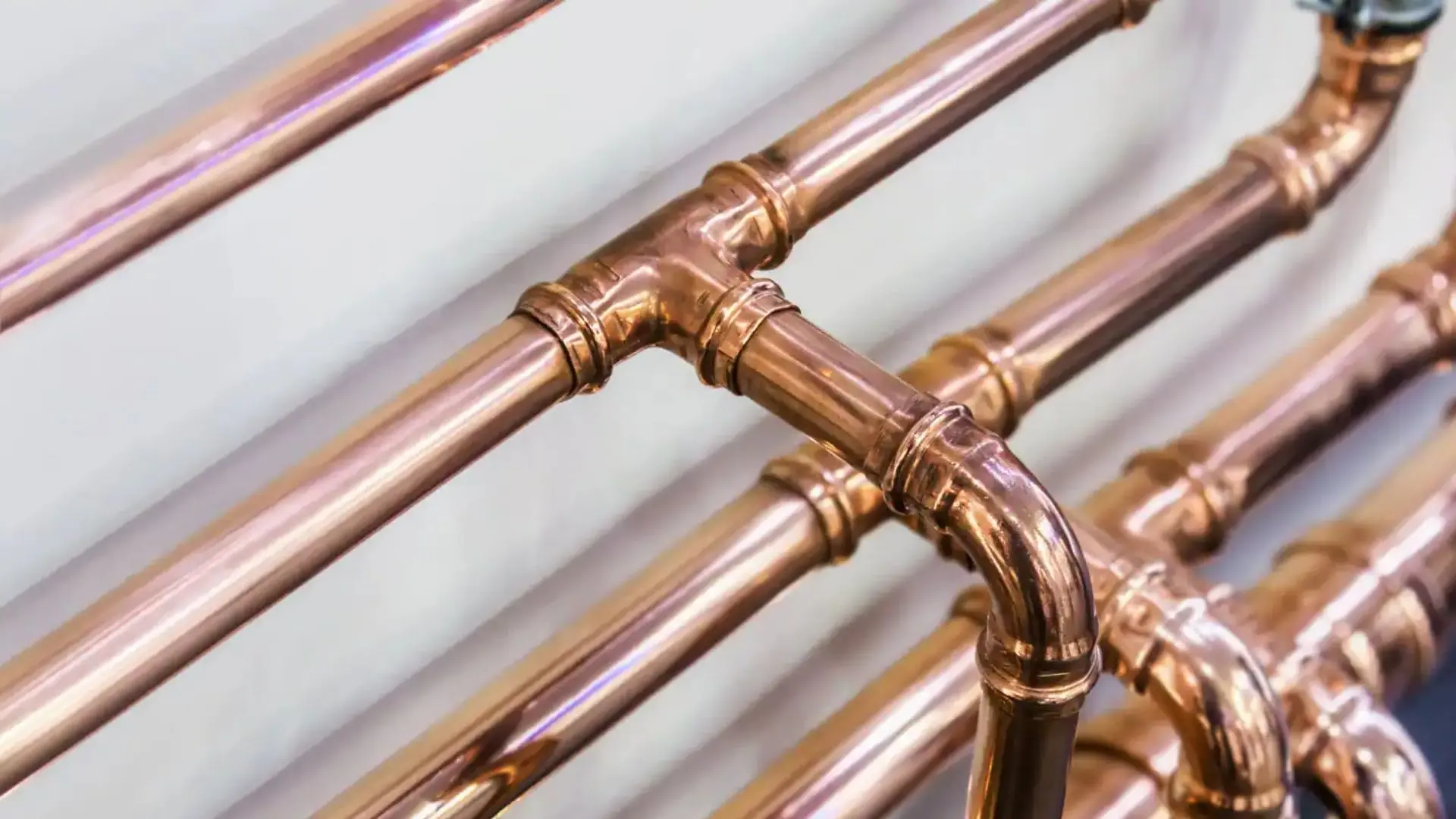
5. Polyethylene Pipe
Polyethylene pipes offer a fantastic option for underground gas pipelines, thanks to their sturdiness and ability to handle water and gas. They provide long-term resistance, which makes them quite eco-friendly. Since frequent digging isn’t feasible, their durability is ideal for underground gas transport.
These pipelines work in places with bad weather conditions. They will not break or come apart quickly, and you will not have to call for maintenance, which often makes them an excellent choice.
Further, a gas piping system and other fittings can be combined with solvent and primer. Some initial digging will be required, and you must call professionals to do the job.
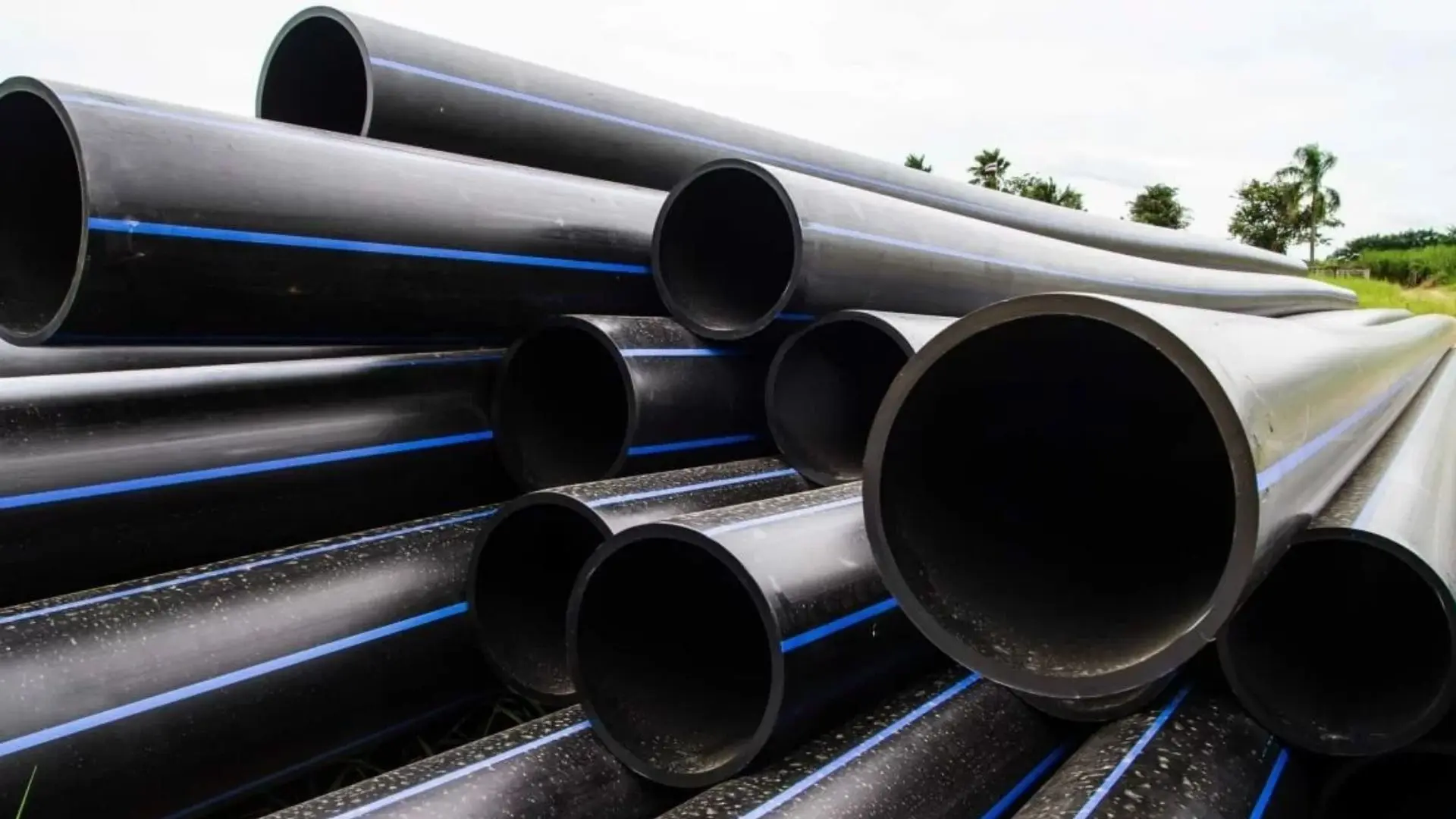
Installing New Gas Lines
As you can see, gas piping can be extremely dangerous if not handled by a professional. You want to ensure that your gas lines are corrosion-resistant and that safety is maintained throughout installation.
Please check with your local plumbers about the materials allowed in your area. Certain restrictions can apply to the gas pipes we mentioned, and you would not want to do something illegal.
Also, it is best to seek professional help installing new lines. A thorough check-up must be done to find the damage and return it with patched-up material to replace old lines.
We are ready to wrap up this guide. Contact our team if you have any further questions or need assistance with gas lines in Perth. Our licensed plumber can assist you with your natural gas piping systems, ensuring they are safe and installed correctly! We can also help you install water heaters and connect with your preferred gas company!
Goodbye and take care!



